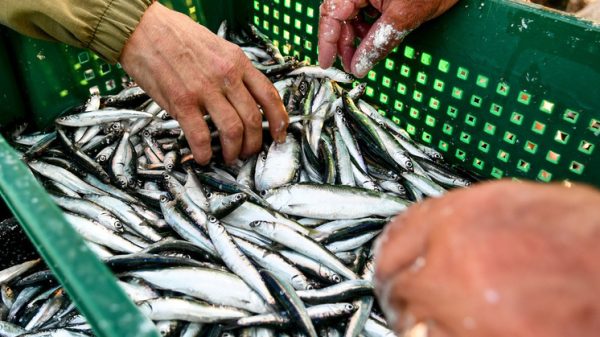Many Asian nations have kept Covid-19 at bay but taken an economic hit
Credit: Luong Thai Linh/EPA-EFE/Shutterstock
Poverty in the world’s East Asia and Pacific region is expected to rise for the first time in 20 years due to the triple shock of the Covid-19 pandemic, the economic impact of lockdown measures and the global recession triggered by the health crisis.
The dire prediction, released by the World Bank on Tuesday, means that as many as 33 million people in East Asia who would have otherwise have escaped poverty before the pandemic will remain poor, and another five million will be pushed back below a poverty line of just $5.50 a day.
The latest economic projections, nine months after the pandemic first hit the region, reveal that it is predicted to see only 0.9 per cent growth in 2020 – the lowest rate since 1967.
“Covid-19 is not only hitting the poor the hardest, it is creating ‘new poor.’ The region is confronted with an unprecedented set of challenges, and governments are facing tough choices,” said Victoria Kwakwa, Vice President for East Asia and the Pacific at the World Bank.
East Asia and the Pacific has had mixed results in handling the pandemic. While most countries – with the exception of the Philippines and Indonesia – have managed to keep the health impact of the highly infectious disease under control, few have escaped the huge economic fallout.
The Philippines has had strictly enforced lockdowns
Credit: Mark R Cristino/EPA-EFE/Shutterstock
Malaysia and Thailand, more vulnerable to a drop in exports and tourism, have seen their economies derailed. Thailand, with its older population, denser living conditions and ongoing political unrest may see a slower recovery, the bank warns.
The economies of some countries, including Vietnam and China, where Covid-19 was first detected, are expected to fare better.
China is forecast to grow by 2.0 per cent this year, boosted by government spending, strong exports and a low rate of new infections, although checked by slow domestic consumption.
The prospects for 2021 are also brighter, with an overall regional growth of 5.1 per cent based on the assumption of recovery and a possible vaccine. But Pacific Island nations who have been particularly exposed to economic shortfalls are expected to take longer to bounce back.
The report warns that without government action on multiple fronts, the pandemic could reduce regional growth over the next decade by 1 percentage point per year.
Health workers in Myanmar ride on a golf cart through a quarantine centre
Credit: Ye Aung Thu/AFP
The greatest impacts will be felt by poor households because of lower levels of access to healthcare, education, jobs, and finance, and the consequences could be lifelong.
Ongoing school closures could leave the average student in the region with a reduction of 4 per cent in expected earnings every year of their working lives.
The Philippines and Indonesia, both of which have hundreds of thousands of coronavirus cases and ailing health systems, have been unable to offer students, especially in rural and slum areas, adequate home-schooling options. Myanmar now also faces extended school closures as the virus takes hold.
The bank calls for swift action to mitigate the long-term damage, including more investment in testing and tracing to reopen the economy quicker and expanding social protection to cover the poor and the informal sector.
“Many EAP countries have been successful in containing the disease and providing relief, but they will struggle struggle to recover and grow,” said Aaditya Mattoo, Chief Economist for East Asia and the Pacific.
“The priorities now should be safe schooling to preserve human capital; widening narrow tax bases to avoid cuts in public investment; and reform of protected service sectors to take advantage of emerging digital opportunities.”



















































Свежие комментарии